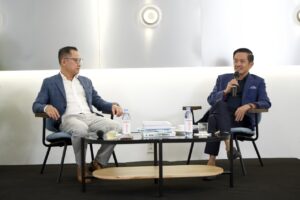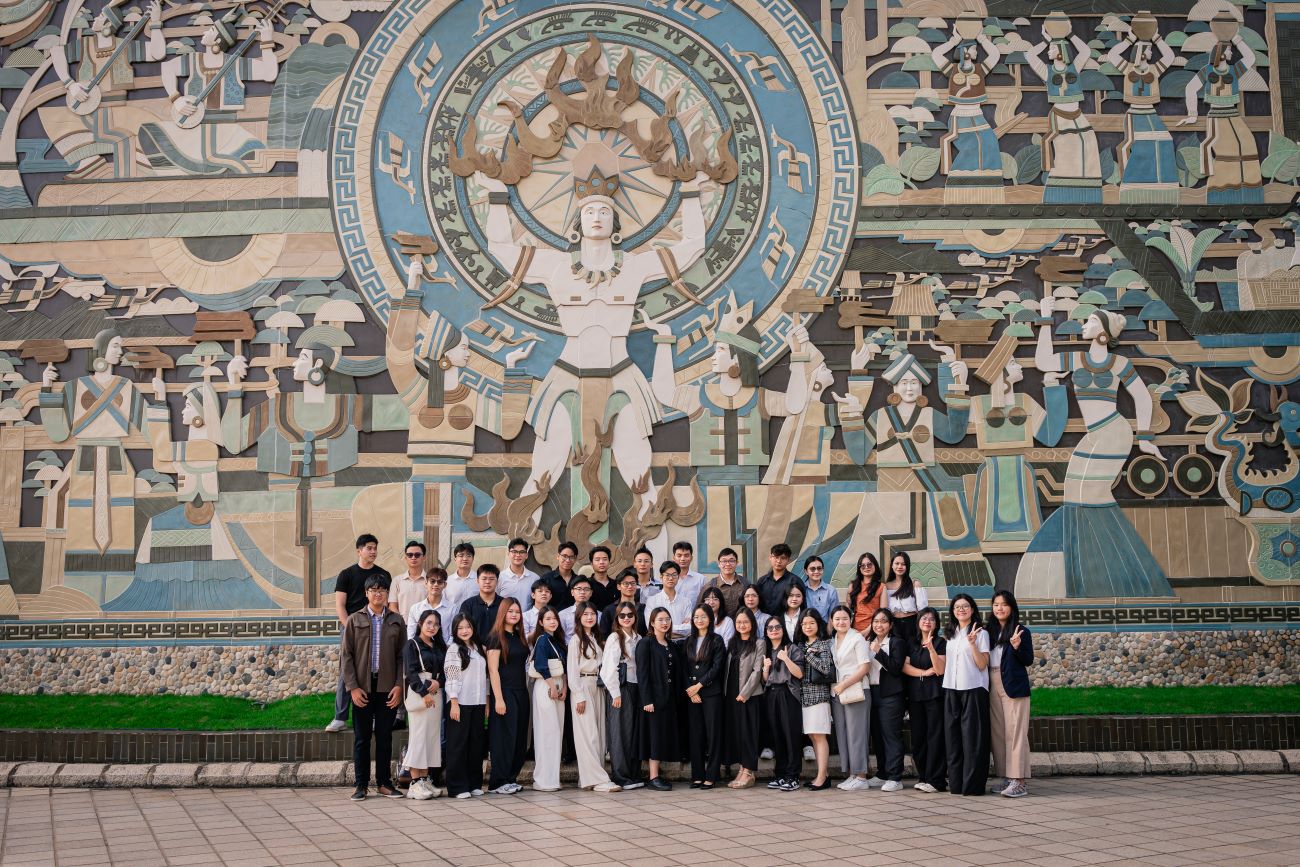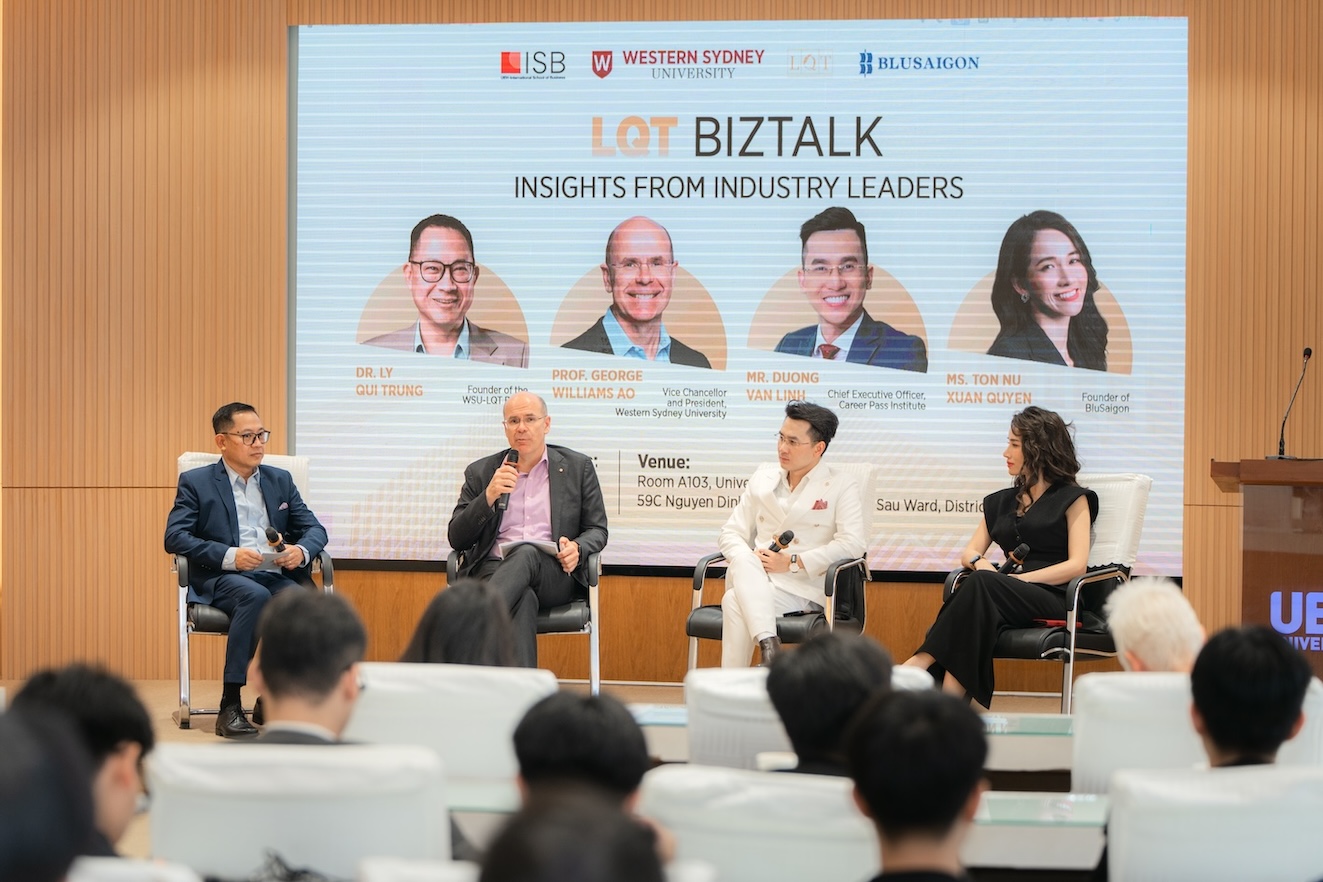LQT Talk #16: Applying design thinking to find balance in the VUCA era
At LQT Talk #16, speaker Nguyen Tran Quang shared an insightful perspective on how young people can find balance in the age of VUCA.
In today’s modern era, we face a world defined by the term VUCA (volatility, uncertainty, complexity, and ambiguity). It is a context where the pace of change is beyond prediction, information is overwhelming yet inconsistent, and the line between right and wrong, true and false becomes increasingly blurred. In the face of such challenges, equipping young people with adaptive thinking methods is more critical than ever.
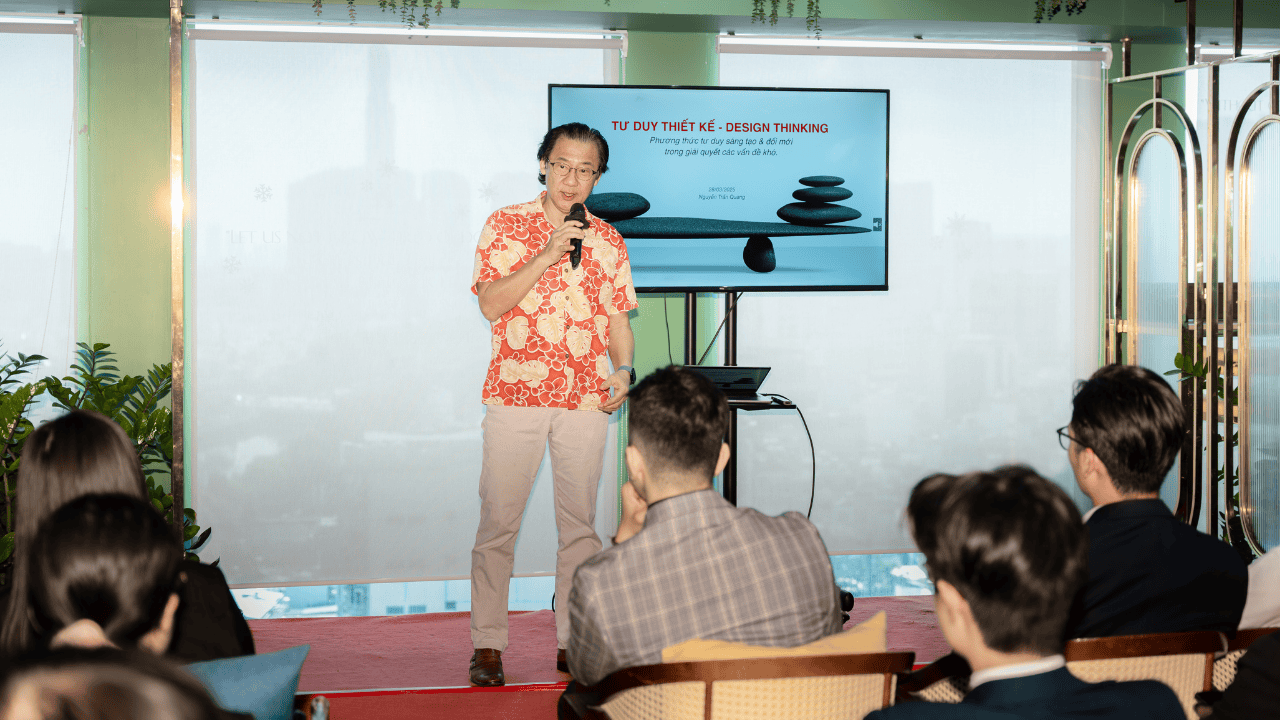
The essential trio: mindset – skillset – toolset
To survive, adapt, and grow in a VUCA environment, Nguyen Tran Quang, Chairman & CEO of FutureOne, introduced a framework known as the “essential trio” that every individual needs to develop:
- Mindset: This is the foundational element that shapes how we perceive the world. In the VUCA era, an open, flexible mindset and the ability to quickly adapt to change are essential
- Skillset: Alongside the right mindset, young people need practical skills that match today’s demands—such as critical thinking, multi-directional communication, data analysis, and problem-solving
- Toolset: Using the right tools helps save time, increase productivity, and make better decisions in an environment full of uncertainties
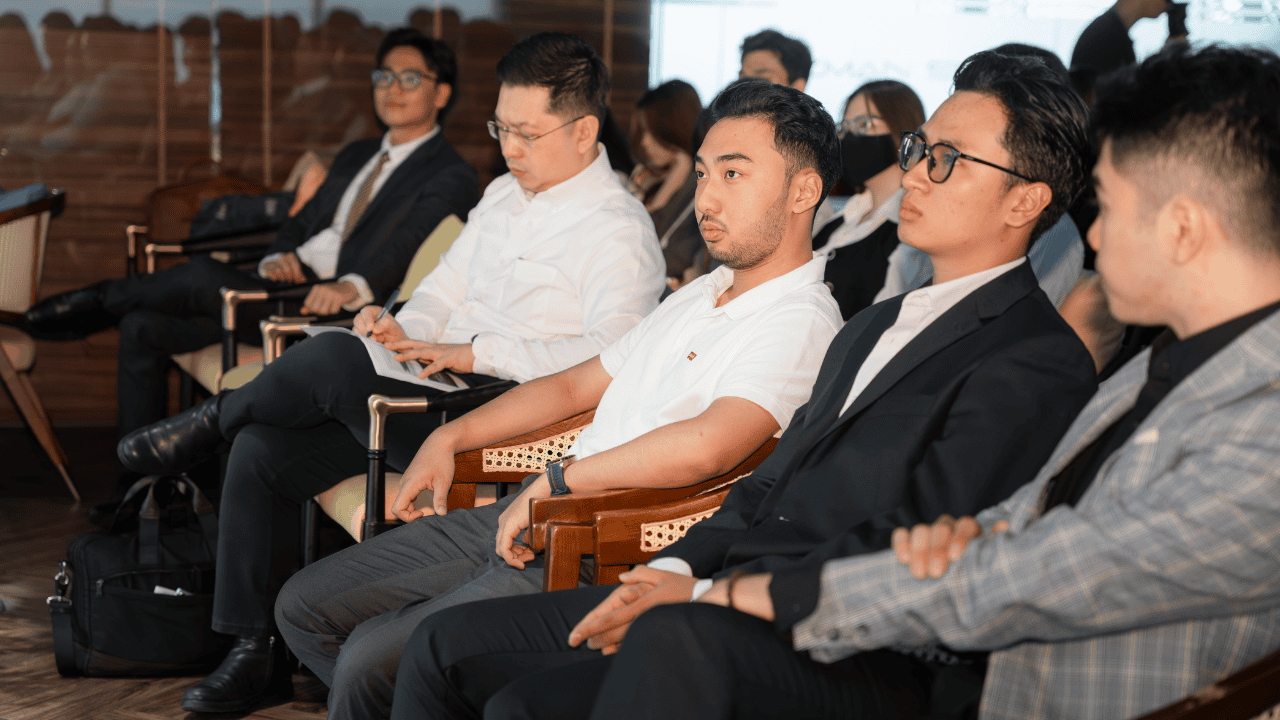
The DIKIW pyramid – A value-mapping framework for information in the VUCA era
In the VUCA context, Mr. Quang emphasized the importance of understanding where the information we receive fits within the DIKIW pyramid. Only by distinguishing between raw data and true wisdom can individuals avoid information overload and make effective decisions.
The DIKIW pyramid includes the following levels:
- Data: Raw facts, characters, or signals that are unprocessed
- Information: Data that has been organized, given context, and carries initial meaning
- Knowledge: Information that is connected, analyzed, and integrated into a thinking framework to understand the nature of a problem
- Insight: A higher level of knowledge—this reflects the ability to see trends, opportunities, or risks from the available information system
- Wisdom: The highest level, representing the ability to make sound, timely, and sustainable decisions

In the modern business environment, the ability to “filter noise” and move from data to intelligence is a key competitive advantage. Companies that can quickly capture market insights, make decisions based on intelligence, and apply the right tools will have the ability to adapt and maintain growth momentum in any circumstance.
For young people preparing to enter the workforce, understanding the nature of the current era and applying the DIKIW pyramid serves as a guiding principle for building a stable and well-directed career. This approach helps them avoid getting swept away by the flow of technology and information. Additionally, Design Thinking is also a valuable tool to support young individuals in their learning and creativity process.
Applying design thinking to solve problems in the VUCA era
In addition to mindset, skillset, and toolset, Nguyen Tran Quang also mentioned Design Thinking as a breakthrough thinking tool, especially useful in the VUCA era. Design Thinking is a creative thinking methodology that combines idea generation and solution development with practical application and experimentation, aimed at solving complex problems (dilemmas).
This method focuses on people, deeply exploring user experience to create feasible, creative, and highly applicable solutions. The distinct difference of Design Thinking compared to traditional approaches lies in how the problem is perceived and approached.
|
Traditional Method |
Design Thinking |
| Focused on reports and documentation | Focused on visuals. sketches, prototypes |
| Fear and avoidance of failure | Embrace failure early to learn |
| Seeking certainty | Embrace uncertainty and ambiguity |
| Focus on predictive results | Focus on people & real behaviors |
| Seeking the perfect solution from the start | Continuously improving through experimentation |
| Debate ideas | Prototype ideas |
| Solve problems based on expertise and specialization | Co-create, solve problems collaboratively |
Comparison of approaches to Problem-Solving: Traditional Method vs. Design Thinking
The 5-Step Process of Design Thinking
The Design Thinking method is implemented through five steps, allowing practitioners to gain a clear understanding of the problem while being flexible in testing and improving solutions:
-
Empathize
The first and most foundational step of the entire process. Practitioners need to put themselves in the user’s shoes by observing, conversing, and listening in order to understand their needs, emotions, and true “pain points.” -
Define
From the collected information, the practitioner clearly identifies the core problem that needs to be solved. This step transitions from emotional perception to clear, goal-oriented focus. -
Ideate
This phase encourages practitioners to come up with as many solutions as possible. All ideas are welcomed and thoroughly examined. The goal is to foster diversity and breakthrough thinking in creative ideation. -
Prototype
From the proposed ideas, the practitioner creates prototypes of the most promising concepts. Although these prototypes might still be simple or rough, they must be clear enough to test feasibility and receive real user feedback. -
Test
Prototypes are introduced to users, with practitioners observing reactions, listening to feedback, and making adjustments. This step tests the feasibility of the solution and allows for further development and refinement of ideas through a feedback loop of testing and adjustment.
In addition to Mr. Nguyen Tran Quang’s presentation, the session was highlighted by an engaging discussion between him and Dr. Doan Duc Minh, Lecturer of Design Thinking for Creativity at Western Sydney Vietnam.
The exchange received a series of sharp questions from students, which helped expand and deepen the discussion. Through this session, students gained a better understanding of creative thinking and learned how to apply this mindset in practice within the constantly changing business environment.
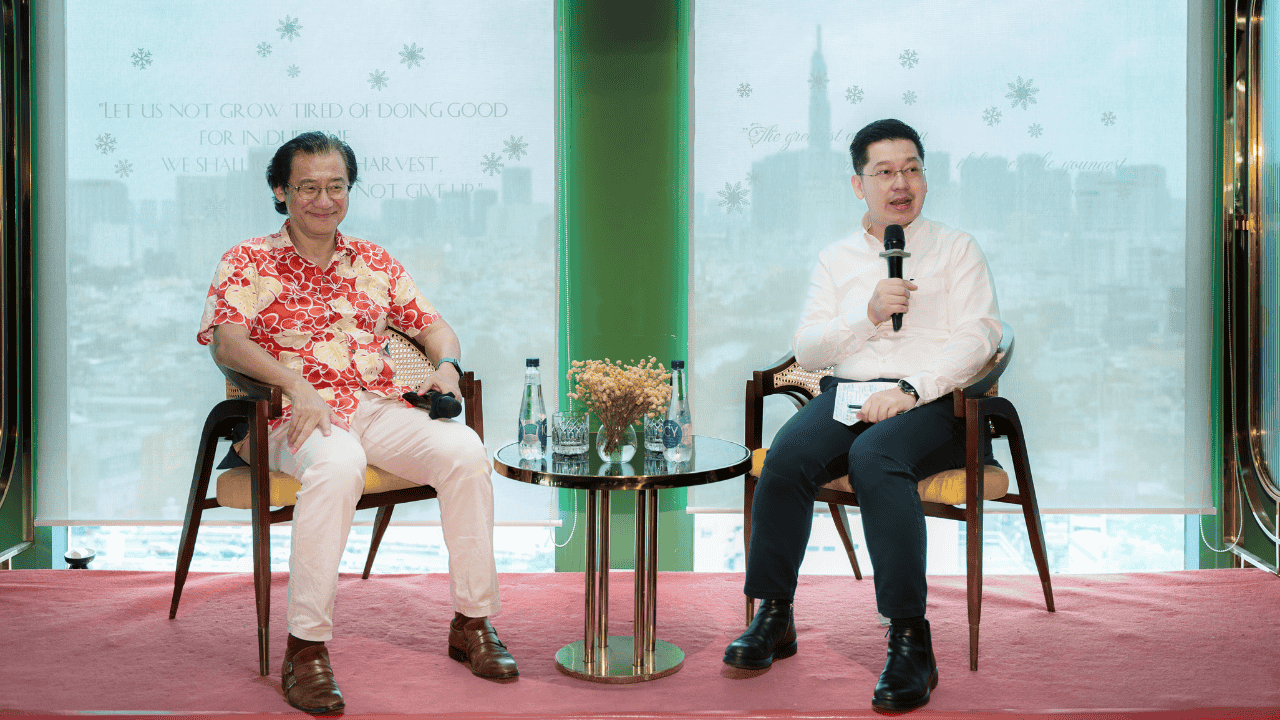
Closing remarks
In the context of the VUCA era, where volatility, uncertainty, complexity, and ambiguity are becoming more pronounced, flexible approaches like Design Thinking serve as a guiding compass.
Applying Design Thinking not only helps the younger generation take a proactive role in their learning and creativity, but also contributes to the development of essential skills such as adaptability, critical thinking, and empathy.
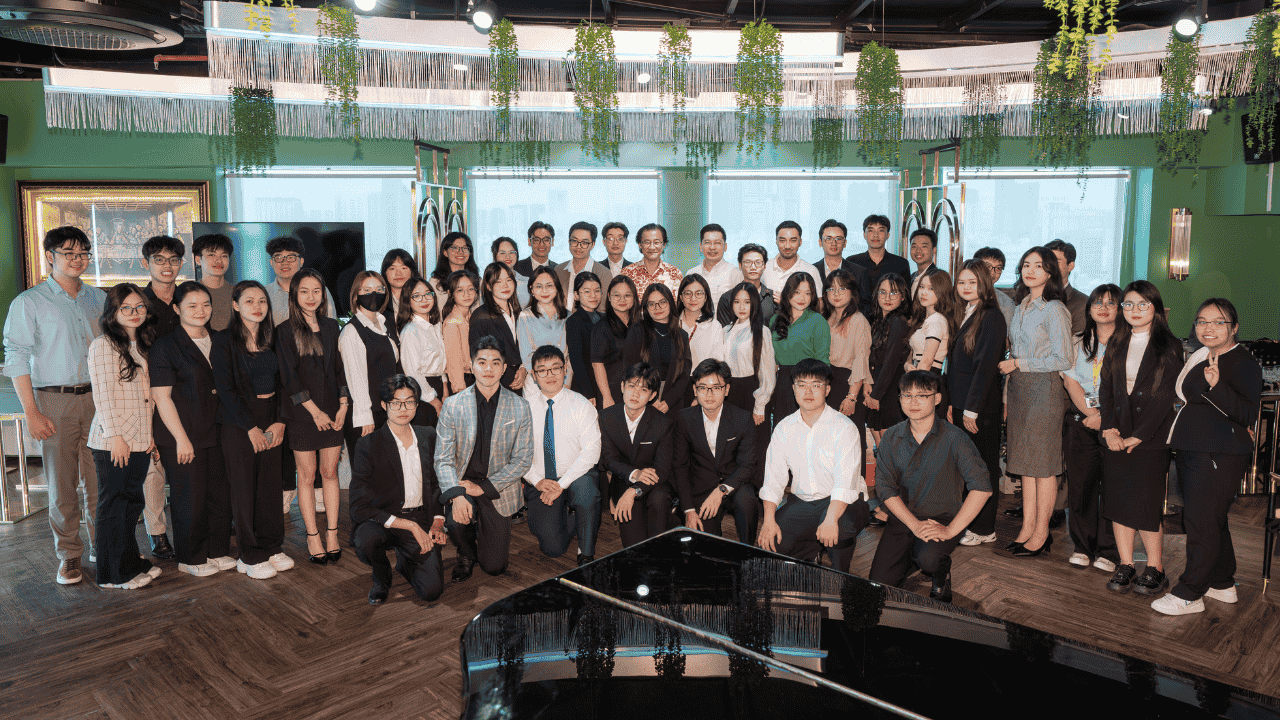
 Tiếng Việt
Tiếng Việt English
English